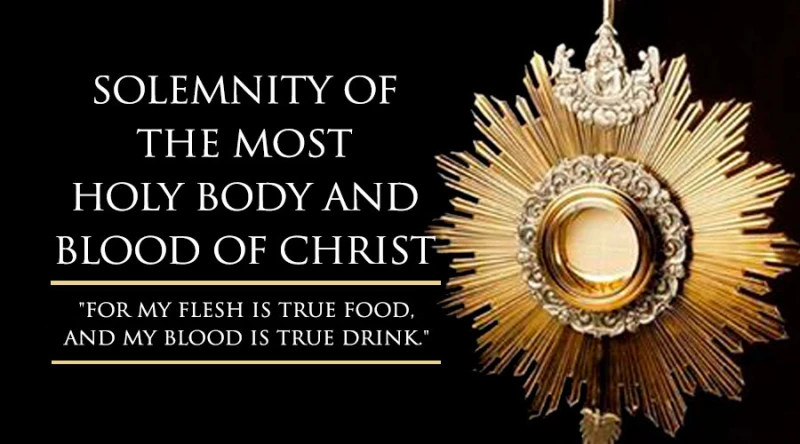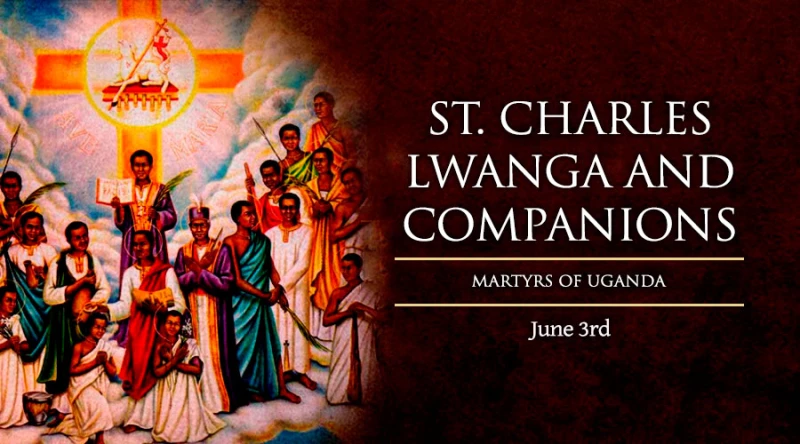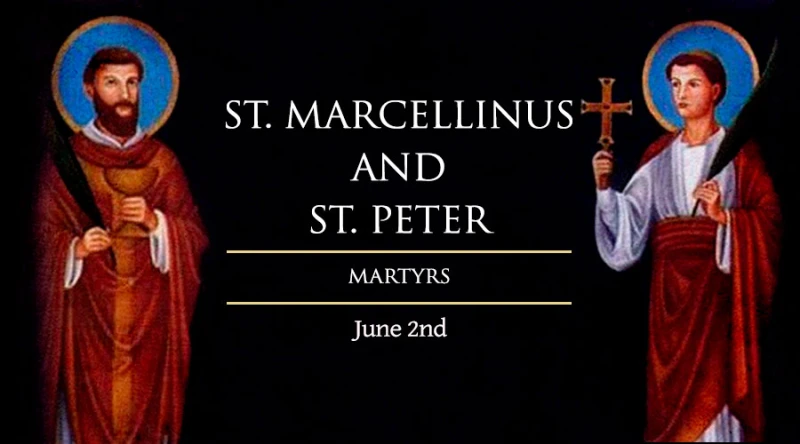Memorial of Saint Charles Lwanga and Companions, Martyrs
- Readings for the Memorial of Saint Charles Lwanga and companions, martyrs
Reading I Acts 25:13b-21
King Agrippa and Bernice arrived in Caesarea
on a visit to Festus.
Since they spent several days there,
Festus referred Paul’s case to the king, saying,
“There is a man here left in custody by Felix.
When I was in Jerusalem the chief priests and the elders of the Jews
brought charges against him and demanded his condemnation.
I answered them that it was not Roman practice
to hand over an accused person before he has faced his accusers
and had the opportunity to defend himself against their charge.
So when they came together here, I made no delay;
the next day I took my seat on the tribunal
and ordered the man to be brought in.
His accusers stood around him,
but did not charge him with any of the crimes I suspected.
Instead they had some issues with him about their own religion
and about a certain Jesus who had died
but who Paul claimed was alive.
Since I was at a loss how to investigate this controversy,
I asked if he were willing to go to Jerusalem
and there stand trial on these charges.
And when Paul appealed that he be held in custody
for the Emperor’s decision,
I ordered him held until I could send him to Caesar.”
Responsorial Psalm 103:1-2, 11-12, 19-20ab
R. (19a) The Lord has established his throne in heaven.
or:
R. Alleluia.
Bless the LORD, O my soul;
and all my being, bless his holy name.
Bless the LORD, O my soul,
and forget not all his benefits.
R. The Lord has established his throne in heaven.
or:
R. Alleluia.
For as the heavens are high above the earth,
so surpassing is his kindness toward those who fear him.
As far as the east is from the west,
so far has he put our transgressions from us.
R. The Lord has established his throne in heaven.
or:
R. Alleluia.
The LORD has established his throne in heaven,
and his kingdom rules over all.
Bless the LORD, all you his angels,
you mighty in strength, who do his bidding.
R. The Lord has established his throne in heaven.
or:
R. Alleluia.
Alleluia Jn 14:26
R. Alleluia, alleluia.
The Holy Spirit will teach you everything
and remind you of all I told you.
R. Alleluia, alleluia.
Gospel Jn 21:15-19
After Jesus had revealed himself to his disciples and eaten breakfast with them,
he said to Simon Peter,
“Simon, son of John, do you love me more than these?”
Simon Peter answered him, “Yes, Lord, you know that I love you.”
Jesus said to him, “Feed my lambs.”
He then said to Simon Peter a second time,
“Simon, son of John, do you love me?”
Simon Peter answered him, “Yes, Lord, you know that I love you.”
He said to him, “Tend my sheep.”
He said to him the third time,
“Simon, son of John, do you love me?”
Peter was distressed that he had said to him a third time,
“Do you love me?” and he said to him,
“Lord, you know everything; you know that I love you.”
Jesus said to him, “Feed my sheep.
Amen, amen, I say to you, when you were younger,
you used to dress yourself and go where you wanted;
but when you grow old, you will stretch out your hands,
and someone else will dress you
and lead you where you do not want to go.”
He said this signifying by what kind of death he would glorify God.
And when he had said this, he said to him, “Follow me.”
– – –
Lectionary for Mass for Use in the Dioceses of the United States, second typical edition, Copyright © 2001, 1998, 1997, 1986, 1970 Confraternity of Christian Doctrine; Psalm refrain © 1968, 1981, 1997, International Committee on English in the Liturgy, Inc. All rights reserved. Neither this work nor any part of it may be reproduced, distributed, performed or displayed in any medium, including electronic or digital, without permission in writing from the copyright owner.
Memorial of Saint Charles Lwanga and Companions, Martyrs Read More »



